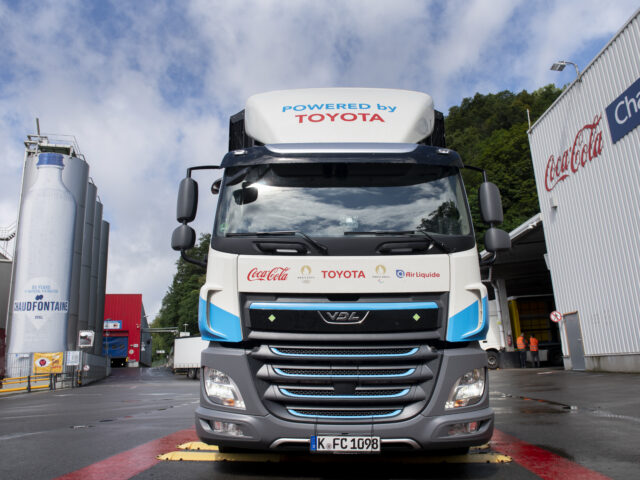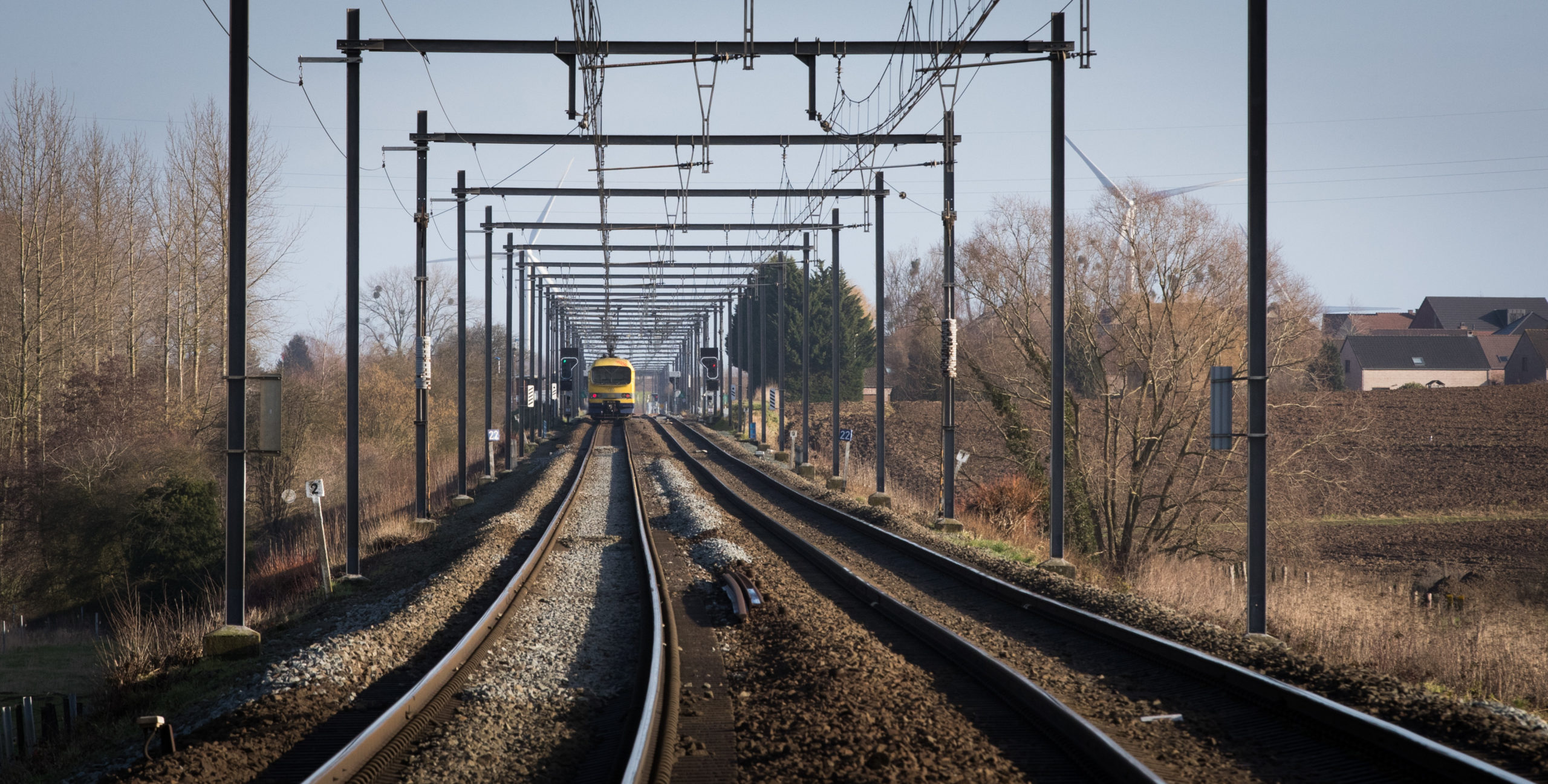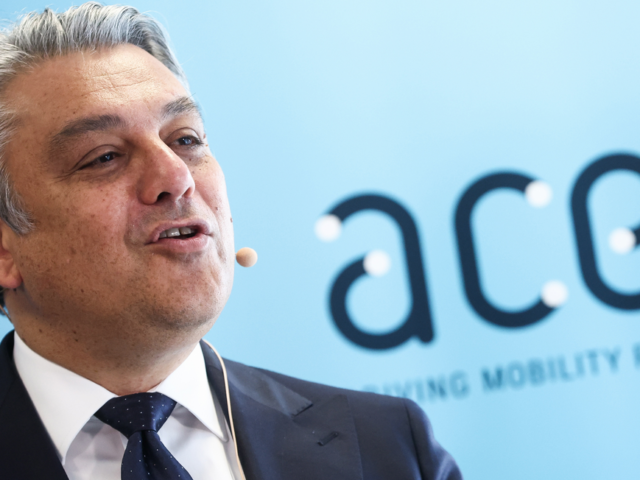
‘Electrification of Belgian rail best alternative for diesel’

Further electrification of the remaining Belgian rail lines, combined with battery trains if necessary, seems to be the best alternative to diesel trains /Belga
The further electrification of the Belgian rail network, combined with battery trains if necessary, seems to be the most interesting alterna


Comments
Ready to join the conversation?
You must be an active subscriber to leave a comment.
Subscribe Today